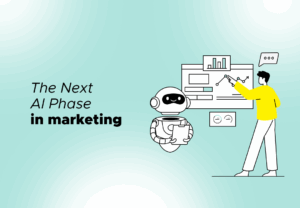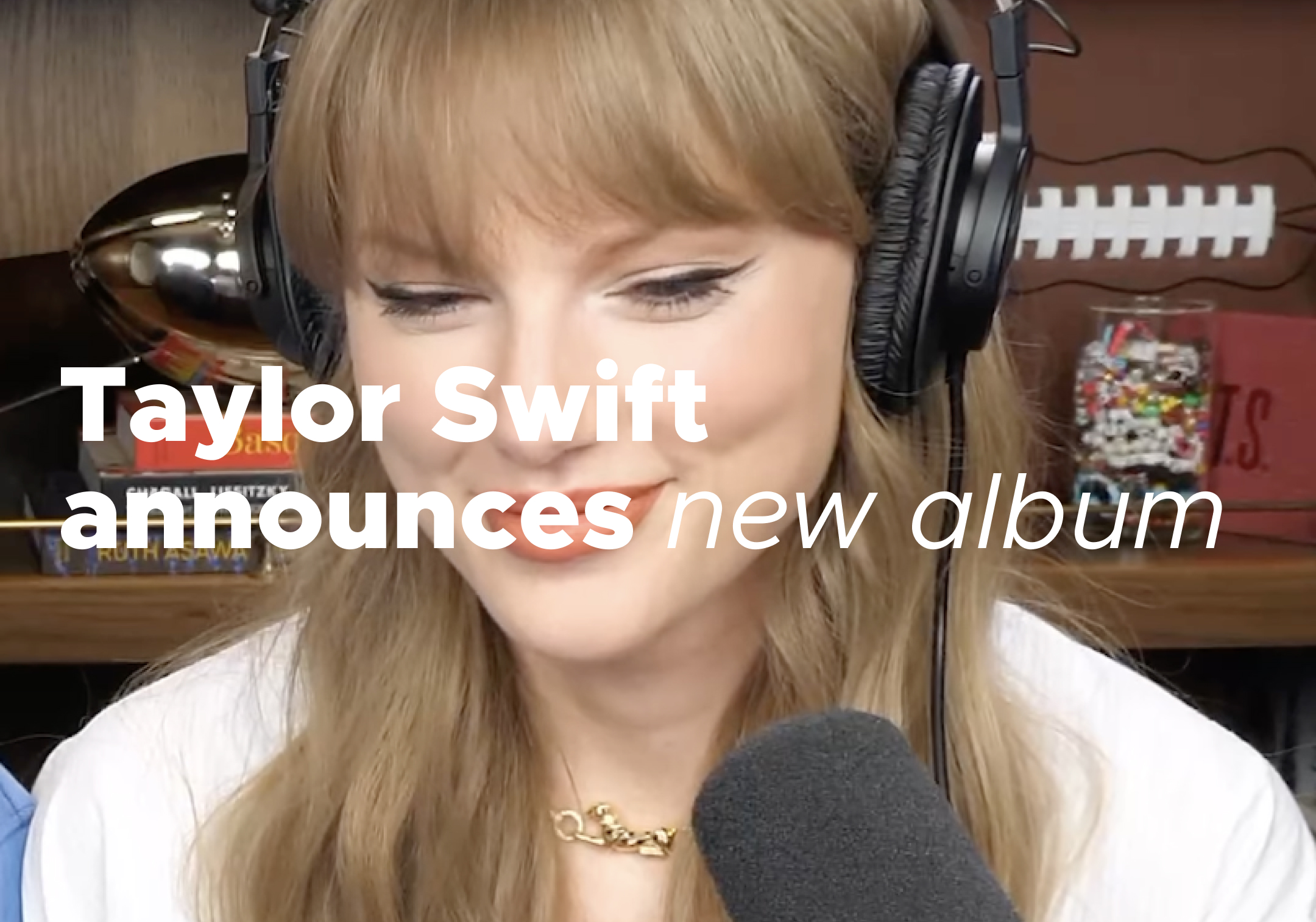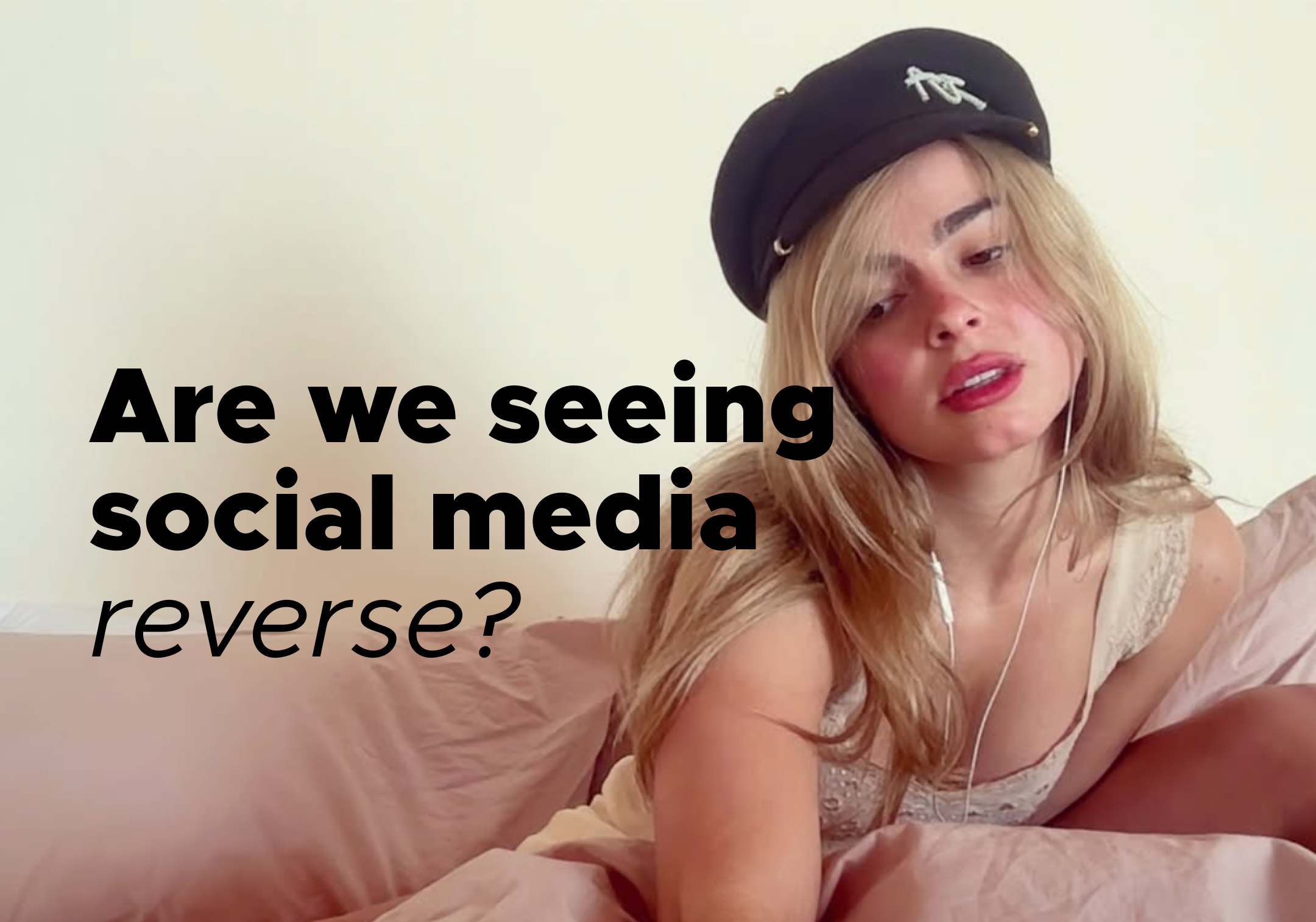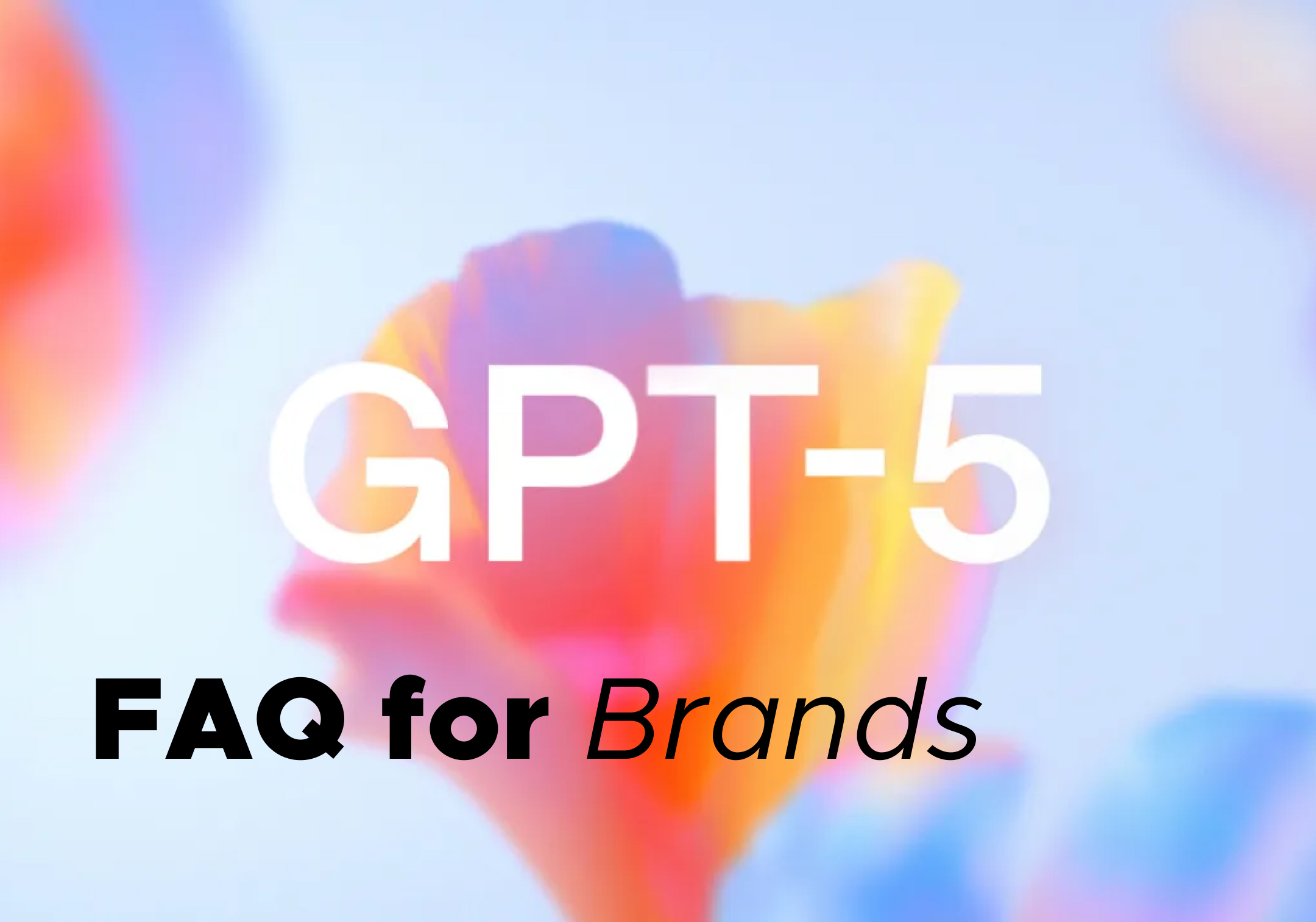What AI Will Automate And What It Shouldn’t
AI is no longer the future of marketing. Over the next 12–24 months, we’ll see an accelerated shift in how creative teams operate, powered by increasingly sophisticated AI agents, marketing automation tools and workflows.
Agosto 13, 2025

As we delegate more tasks to machines, a critical question arises: What should AI actually be doing and what should remain human?
Let’s dive a bit deeper into this, separating the hype from the practical and helping marketers make smart, strategic decisions about where to plug in automation (and where not to).
What AI Should Automate in Marketing
AI thrives in high-volume, data-heavy, repetitive environments. These are the clearest areas where it can replace or augment human effort with measurable efficiency gains:
1. Data Processing and Campaign Reporting
From building automated dashboards to generating performance summaries, AI marketing tools in 2025 are streamlining reporting workflows that used to eat up hours. It doesn’t just save time it also improves speed to insight and enables real-time decision-making.
2. Content Repurposing and Localization
AI tools can now take long-form content and atomize it across formats: blog → tweet thread → video script. They can also localize captions, translate copy, and adjust tone for different markets without starting from scratch. AI content repurposing helps reduce content fatigue while increasing distribution impact.
3. Audience Segmentation and Predictive Personalization
Machine learning models can cluster users based on behaviors, preferences, or likelihood to convert making personalization scalable. This makes automated content delivery (e.g., product recommendations, email segmentation) both faster and more accurate.
4. Trend Forecasting and Social Listening
AI marketing tools in 2025 are increasingly focused on surfacing predictive insights from rising audio trends on TikTok to sentiment shifts in niche communities. This gives marketers a head start on cultural moments that matter.
5. Customer Support Automation
AI-powered chatbots are now capable of resolving a high volume of tier-1 support issues. With natural language processing and sentiment analysis, these bots can escalate complex requests while maintaining a baseline of 24/7 service.
What AI Shouldn’t Automate
While automation can help scale operations, it’s not a substitute for human creativity, ethics, or taste. These elements remain irreplaceable and dangerous to delegate to a model.
1. Creative Strategy and Emotional Storytelling
AI can remix ideas, but it doesn’t feel. It can’t truly grasp the emotional nuance of a campaign, or align content with cultural moments. The best creative workflows still depend on human insight—not just predictive logic.
2. Final Output Approval and Brand Tone
Generative AI is prone to “hallucinations” producing confident but inaccurate or off-brand outputs. Final content needs human review to ensure tone, voice, and message stay consistent and aligned with your brand values.
3. Ethical Judgment and Cultural Sensitivity
AI reflects the biases in its training data. It doesn’t understand context, historical weight, or marginalized experiences. That’s why ethical AI in branding depends on human intervention, especially when it comes to representation, inclusion, and sensitive messaging.
4. Strategic Planning and Brand Vision
Understanding the limitations of AI in marketing strategy is essential. While tools are evolving fast, they can’t replace the human intuition required for emotionally intelligent, brand-aligned decision-making. Defining long-term positioning, competitive differentiation, and vision is still a human job.
Closing Thought: The Hybrid Model Wins
The future of marketing is not AI vs. human, but AI + human. The brands that win in the next phase will design systems that enhance speed and scale without compromising emotional intelligence or cultural relevance. The future of creative workflows will be defined by human vs. machine creativity not in opposition, but in balance. Remember, in a world flooded with content, how you think still matters more than how fast you produce.
Latest News ☕

Taylor Swift Turns Podcast Cameo into Cultural Event with Surprise Album Reveal
Agosto 13, 2025
Taylor Swift revealed her 12th album on Travis and Jason Kelce’s 'New Heights' podcast, ...

Back to Basics? Are We Seeing Social Media Reverse?
Agosto 12, 2025
Social media is changing. Outdated filters, lo-fi edits, and ad-free apps trends signal a ...

ChatGPT‑5: FAQ for Brands
Agosto 11, 2025
Open AI launched their newest innovation: GPT-5 - their strongest coding model to date. Ou...


